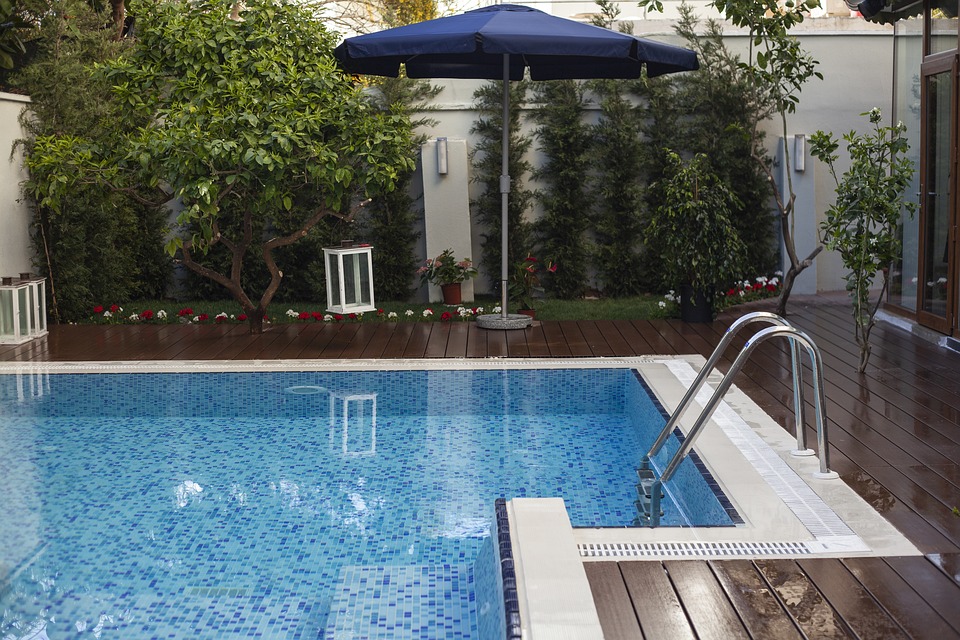The Influence of Edwardian Housing on Modern Home Design
When we think of modern home design, we often look to the sleek lines and minimalist styles popularized in the mid-20th century. However, the roots of modern home design can be traced back even further, to the Edwardian era of the early 20th century. The influence of Edwardian housing on modern home design is undeniable, with many elements of Edwardian architecture still being incorporated into new homes today.
What is Edwardian Housing?
Edwardian housing refers to the styles of architecture popular in England during the reign of King Edward VII, from 1901 to 1910. This era marked a shift away from the ornate, elaborate designs of the Victorian era, towards a more simple and elegant aesthetic. Edwardian homes are characterized by their red brick facades, bay windows, and decorative detailing such as gables and chimneys.
One of the key features of Edwardian housing is the emphasis on light and space. Edwardian homes were typically built with larger windows and higher ceilings than previous Victorian homes, allowing for more natural light to enter the space. This focus on light and openness in Edwardian architecture has had a lasting impact on modern home design, with many contemporary homes also incorporating large windows and open floor plans to create a sense of spaciousness.
Incorporating Edwardian Elements into Modern Homes
Many elements of Edwardian housing have been adapted and incorporated into modern home design. One of the most notable features is the use of red brick exteriors. While modern homes may not be built entirely of brick like traditional Edwardian houses, the use of brick accents or facades is a common design choice that pays homage to this classic style.
Bay windows are another popular feature that can be traced back to Edwardian housing. These windows protrude from the side of the house, allowing for more natural light to enter the room and creating a cozy nook for seating or plants. Bay windows are still a popular design choice in modern homes, adding character and charm to any space.
Another element of Edwardian housing that has influenced modern home design is the use of decorative detailing. Gables, chimneys, and other ornate architectural features were common in Edwardian homes, and many modern homes still incorporate these elements to create a sense of character and style. While modern homes may not be as elaborate as their Edwardian counterparts, the influence of these decorative details can be seen in the design of many contemporary houses.
The Legacy of Edwardian Housing in Modern Home Design
The influence of Edwardian housing on modern home design goes beyond just aesthetic elements. The emphasis on light, space, and functionality that characterized Edwardian architecture has had a lasting impact on the way we design and build homes today. Open floor plans, large windows, and high ceilings are all design choices that can be traced back to the Edwardian era, showing that good design is truly timeless.
Additionally, the focus on craftsmanship and attention to detail that was evident in Edwardian housing can still be seen in modern home design. Many contemporary homes feature high-quality materials, thoughtful design elements, and a commitment to creating a space that is both beautiful and functional. The legacy of Edwardian housing in modern home design is a testament to the enduring appeal of this classic style.
Conclusion
Edwardian housing has had a significant influence on modern home design, with many elements of this classic style still being incorporated into new homes today. From the use of red brick exteriors and bay windows to the focus on light and space, the legacy of Edwardian architecture can be seen in the design of many contemporary houses. By paying homage to the craftsmanship and attention to detail that defined Edwardian housing, modern home designers are able to create spaces that are both stylish and functional, proving that good design truly stands the test of time.
